
Carlo
-
Posts
70 -
Joined
-
Last visited
-
Days Won
5
Content Type
Profiles
Forums
Blogs
Gallery
Events
Store
Posts posted by Carlo
-
-
1 hour ago, Elmar Lang said:
I suspect that this mark could be something struck to indicate a batch of production or some reference related to internal administration of the makers...
I think this is the most plausible explanation.
0 -
On 27/04/2023 at 12:57, Graf said:
Hi I looked this option as well However i came across information that this mark was for to the city was Lwow ?! which was part of the Austro-Hungarian Empire
It could be, in the silver hallmarks of 1872 - 1922, among the letters indicating the city of production, the F stands for L'viv/Lemberg.
But the medal is marked with Diana's head and the letter A, indicating that it was made in Vienna.0 -
-
Good morning everyone,
I recently got this beautiful decoration of the Red Cross (2nd class) on a women's bow, nothing rare, but still a beautiful decoration.As I was inspecting it I found the classic maker's marks (GAS in this case) and material marks, but on the body I found another mark I hadn't seen yet, an F on the lower right portion of the central medallion.
I was hoping some of you knew more so I could identify it.
Carlo
2 -
On 16/04/2023 at 15:34, Christian1962 said:
Compared with the year 1900 6,10 Kronen were at about 50 € in 2023,
compared with 1914 it would be 40 € in 2023.
Source: https://www.eurologisch.at/docroot/waehrungsrechner/#/
Regards
Christian
Very interesting!! It's a fact that certainly adds value to the history of this piece!
21 hours ago, tifes said:However, in next years (1915-1918), as the Great War progressed, it deteriorated quickly, ended up at the equivalent of today´s 3,6 EUR in 1918. These boxes were used for distribution and stocking in masses in retailers stores, as Enzo wrote above, and it mainly concerns WW1 period when BMVM became quite common decoration even for subaltern officers, so the demand was high. I dare to say this box originates from this period. Before 1914 BMVM wasn´t very common decoration as being usually awarded to Staff Officers (majors and up), much less often to long serving captains and only very occasionally and scarcely to 1st and 2nd lieutenants, usually for some life saving action (like engineers helping by floods and rescue someone from "big water").
Very true, practically all the orders and decorations with the advent of the great war have become increasingly common, considering the large number of soldiers and officers to be rewarded.
This has certainly led to a "devaluation" of the decoration itself, see for example the bars for multiple awards...
0 -
On 13/04/2023 at 08:52, Elmar Lang said:
A nice case, where the Militärverdienstmedaille was stored at retailers, thus, without ribbon.
The buyer, entitled to wear the medal, had then the choice of the proper ribbon.
In fact, the reverse of the case opening this thread, shows the handwritten note (probably by hand of the original seller):
5,40 Ohne
Band
70
_____
6,10
Explaining the price of the medal without ribbon and of the ribbon itself: interesting data anyway.
All the best,
Enzo
Wow, that's called knowing what you're talking about! I couldn't figure out what was written on the back of the box, but now that you mention it it reads clearly! Many thanks for this information!!
It is a very plausible explanation, pity that the manufacturer/seller is not known.
1 -
On 09/04/2023 at 04:08, Farkas said:
Hi Carlo,
This is a new one to me..,
do you why it was issued without the ribbon? (assuming it was)
I did have a good look through pictures on Google, only able to find another red one like yours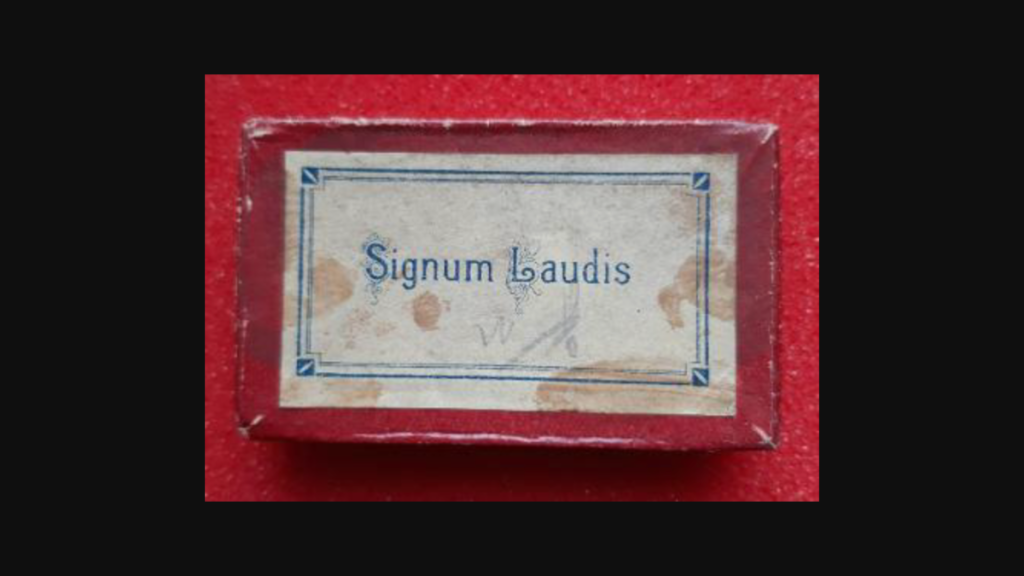
Unfortunately the link didn’t work.
tony
Hi, unfortunately I don't know, I did a test and the ribbon inside doesn't even fit. On page 349 of the first volume of the second chapter of Ortner and Ludwigstorff's Austrian Orders and Decorations there are three photos of this type of box, so far it is the only place I have seen them.On 22/01/2023 at 16:20, gjw said:Very nice! Congratulations
Greg
Thanks!!
0 -
On 04/04/2023 at 23:36, Graf said:
Nice Cross
A is for Silver Sometimes they are marked 800 T
Although the central medallion looked rose gold
Thanks! I am quite convinced that the medallion is gold, when it arrived one of the two medallions was detached, and the color inside looked just like rose gold
On 05/04/2023 at 03:52, Graf said:Yes it is possible If the whole cross is in Gold then the A is not relevant to the material that was used
Although most of the Silver Crosses are marked 800 I assumed that the A could be Argenti the Italian for Silver, however it could be the makers. Province mark as well
This is true, it could be the initial of silver (Argento in Italian) even if in real life it does not appear to be of this material.
0 -
On 04/04/2023 at 13:57, graham said:
Some good information here that may be of help:
https://www.omsa.org/officers-military-service-decoration-second-class-1890-1918-part-i/
Many thanks!!
0 -
On 25/02/2023 at 20:04, Farkas said:
Lovely little things!
I have just 4 or 5 rosettes altogether from other nations but none that’s A.H.
I’ve got quite a few of those little ribbon buttonhole things that veterans had but these are much better!
Thanks for sharing.
tony.
Thank you, rosettes are a subject that I have recently started to appreciate, and I have noticed that they are not very popular with collectors.
1 -
Hello everyone, for a while now I have had this Commander's Cross of the Order of the Crown of Italy in my collection, contained in a velvet-lined box imprinted with the monogram of King Vittorio Emanuele III.
Both the body of the cross and the ribbon ring are marked with the letter A, but up until now I haven't been able to figure out what they mean.
Does anyone know?
Carlo
0 -
-
Hello everyone, I recently received this silver merit cross with crown, in very good condition but unfortunately with the mark in the ring difficult to read.
I was wondering if anyone had one with a similar mark so I could give some insight into the identification.
The other mark appears to be a Dog's head with the number 3.
Carlo
1 -
Good morning everyone, I recently purchased this beautiful 40 year service cross, in perfect condition and marked Zimbler in the ring.
I know that this decoration was introduced in 1890 and awarded until the end of the war, being a relatively long period of awarding I was wondering if there was any detail that could allow me to understand more or less in which year it was produced.
Carlo
1 -
12 hours ago, Farkas said:
Hi Carlo,
My first thought was the marks could have been on the ring but I just saw this in the hallmark thread…
if I’m reading it right, the 750 mark was added to small items in stock in 1867 and was seen alone like yours for just a few years after so dates it 1867-1870.
& If so perhaps that narrows down the possible makers a little 🤷♂️
cheerstony
A thousand thanks! I'll keep researching, at the moment the most probable manufacturer is Rothe, but I can't say with full certainty yet.
1 -
On 15/03/2023 at 18:21, Elmar Lang said:
Hello Carlo,
your fine medal for 40 years faithful service as a civil servant is preserved in a surely privately-made case, probably originally made for a pocket watch, then adapted with the velvet-lined, fitted compartment.
It's nice to see posts from other Italian collectors of Austro Hungarian awards and historical artifacts.
Best wishes,
E.L.
Thank you!! Actually, now that I think about it, I know very few Italians who collect this kind of items.
1 -
Good evening gentlemen, I recently purchased this medal for 40 years of faithful service.
The medal itself has nothing special, but the box does: it is a flat leather box with a black interior bordered with gold thread.
I'm pretty sure the box was privately procured, perhaps as a gift piece or just a box to store the decoration. The question is, does anyone know what period it could be? Before the great war, post-war or something else?
2 -
1 hour ago, StefanK. said:
Enclosed you can see further pictures of the MMTO. It is made of gold and is unmarked. The case bears a retial marking of a dealer named Carl Lönhart of Prague, who dealt with orders, medals, uniform-ecquitpment and other stuff like loileteries. According the company registers it existed until 1870 but quite certaily it stopped active business in 1863 as it had economic problems. The company appears under the name "Zum General(en) Clam Gallas" in the late 1850's/early 1860's, mainly because of selling military stuff. Below the retail marking one can recognize an oval blue circle. In terms of color and appearance (see photo) it fits to the marking of Gebr. Resch that was used until 1863. Consequently the piece must be prior to that year.
According to the former owner the piece belonged to an officer who earned the MMTO in Solferino. According to my investigations his regiment was deployed in Prague after 1859 until the mid 1860's, so it is quite plausible that the man bought that piece directly from that retailer.
more photos.
Comparison of the Resch-markings:
The second photo from the Heeresgeschichtlichen Museum also shows the Resch marking below the retail marking, so it is prabably that Lönhart was supplied by Resch in general.
please let me know what you think about my investigations/ theses
A truly magnificent piece, and a very well done research!!
1 -
12 hours ago, Farkas said:
This is what we’re here for!
Knowledge!
👍👍
🏴🇬🇧
Exactly!!
1 -
1 hour ago, Triadoro said:
Hello. The miniature on your ribbon was mass produced by the Magyar Álami Pénzverde (the Hungarian State Mint) from 1920 to 1944 for recipients of "Elmaradt Kitüntetések".
These miniatures were mounted on the ribbon of the Hungarian Signum Laudis and were officially awarded with a Hungarian Signum Laudis by the Honvédelmi Miniszterium to Hungarian officers who could prove they were entitled to receive the öMVK3mKD during WW1 but did not receive it because the War was nearing an end. Their commanders had more important tasks to deal with other than processing awards as the Empire was about to collapse.
The MVK3mKD was not the only miniature produced by the Hungarian Mint for awarding "Elmaradt Kitüntetések." Miniatures of the Austrian silver and bronze Signum Laudis, Gold and Silver Merit Cross, Franz Josef Order, Iron Crown Order, and Leopold Order were also produced and officially awarded after the War.
Here are some photos of "Elmaradt Kitüntetések" mounted on Hungarian Signum Laudis ribbons.
Thanks a lot!! This is something I didn't know and it explains a few things I've seen in the past. Thank you so much again for this very useful information!!!!
2 -
Hi everyone, today I show you this gold cross of merit (miniature), which measures 25 mm in height (including crown) and 17mm in width.
The only hallmark that is stamped is that of the 750 gold.
Question to the more experienced: do you think it is possible to identify a manufacturer based only on manufacturing?
Another question, when do you think it was made? The cross is of particularly fine workmanship, which makes me think it is quite old, but I don't know when it was made, I haven't seen many like this one, so sadly I don't have many references.
Carlo
1 -
6 hours ago, 1812 Overture said:
Very beautiful medal, the oldest one I have at the moment is the second model of Emperor Franz Joseph (1859-1866)
1 -
-



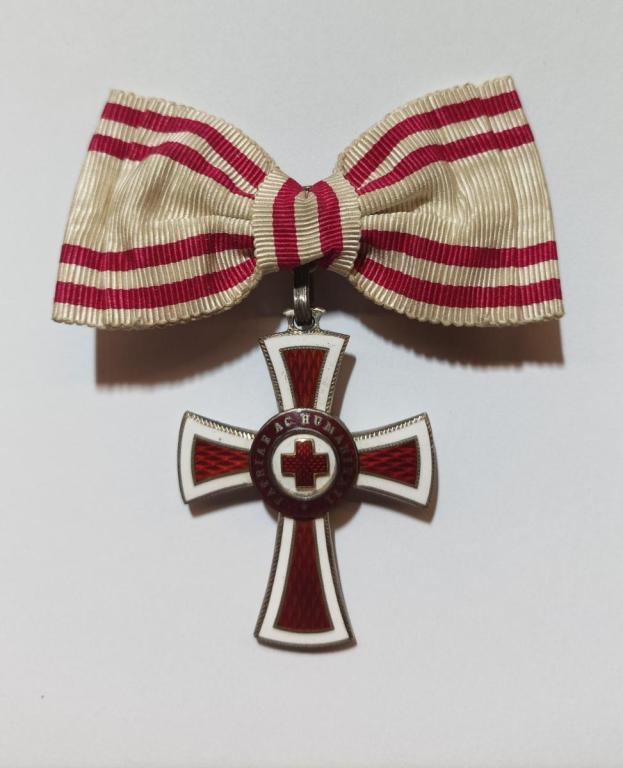
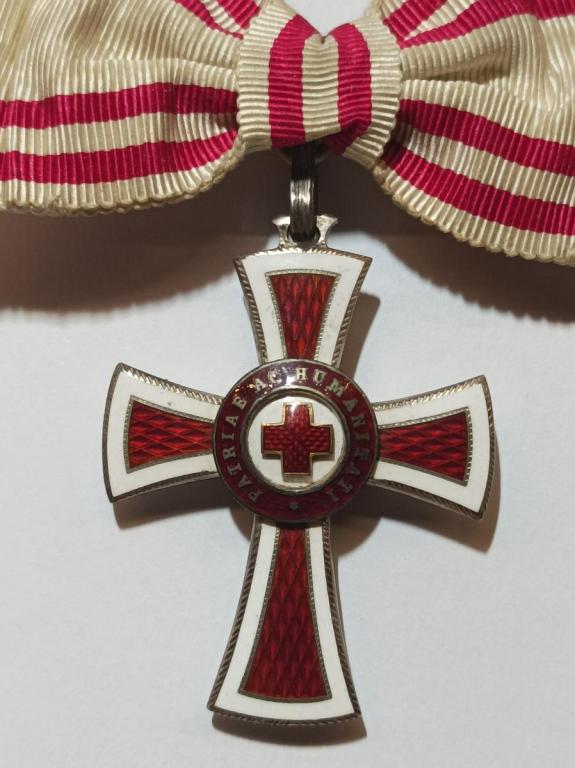
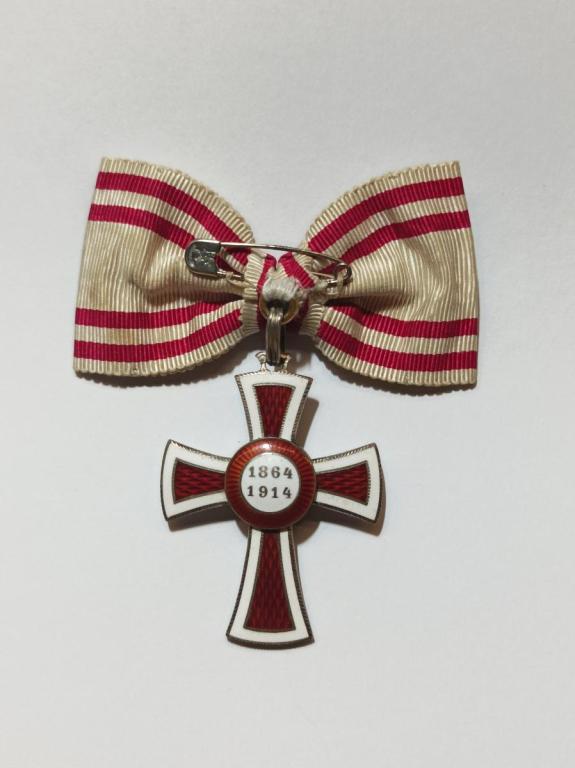
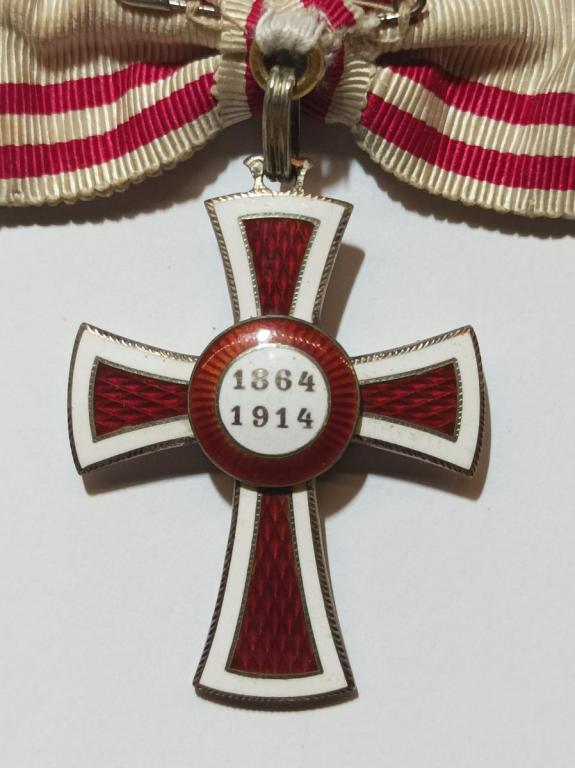
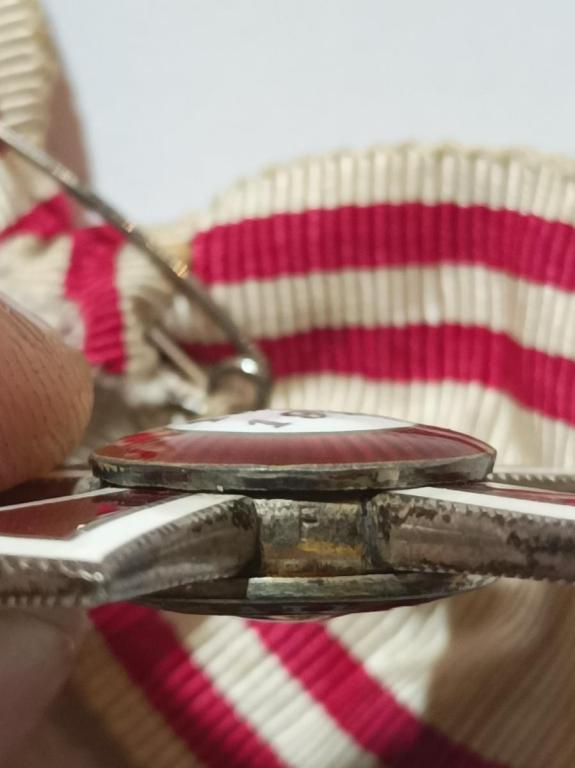
.thumb.jpg.471d7cf4c12eaf8f8dc6442e9322d678.jpg)
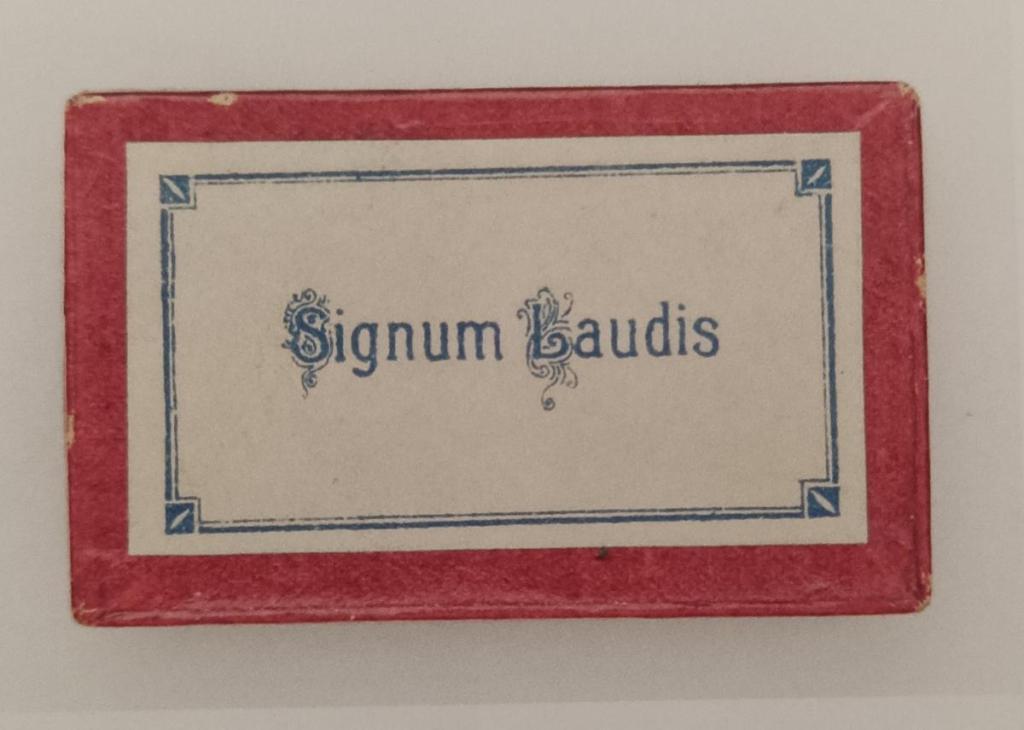
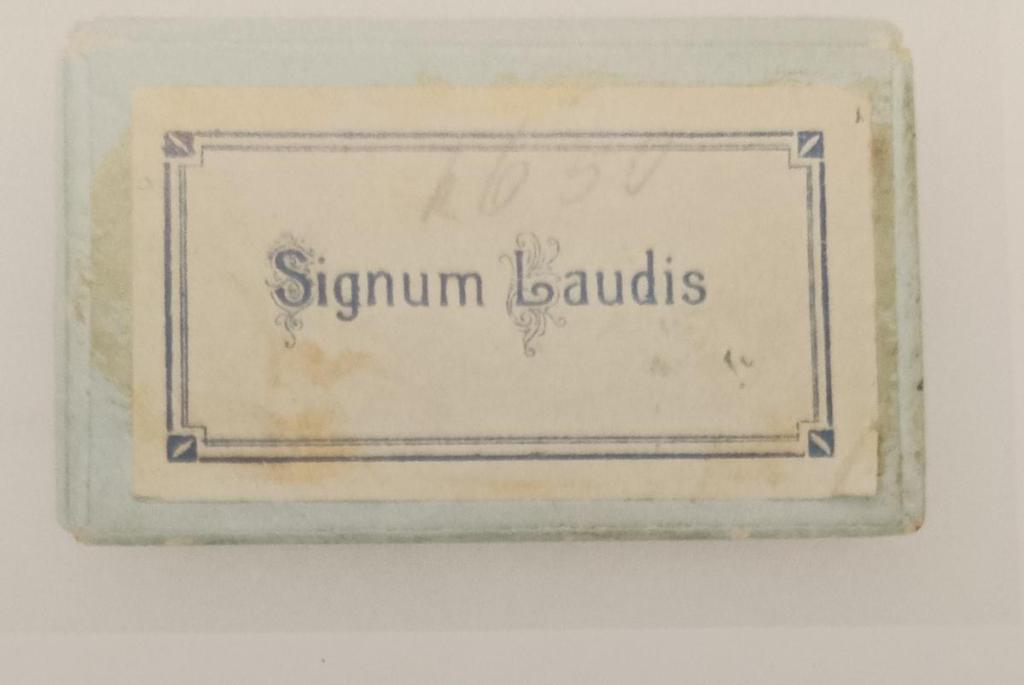
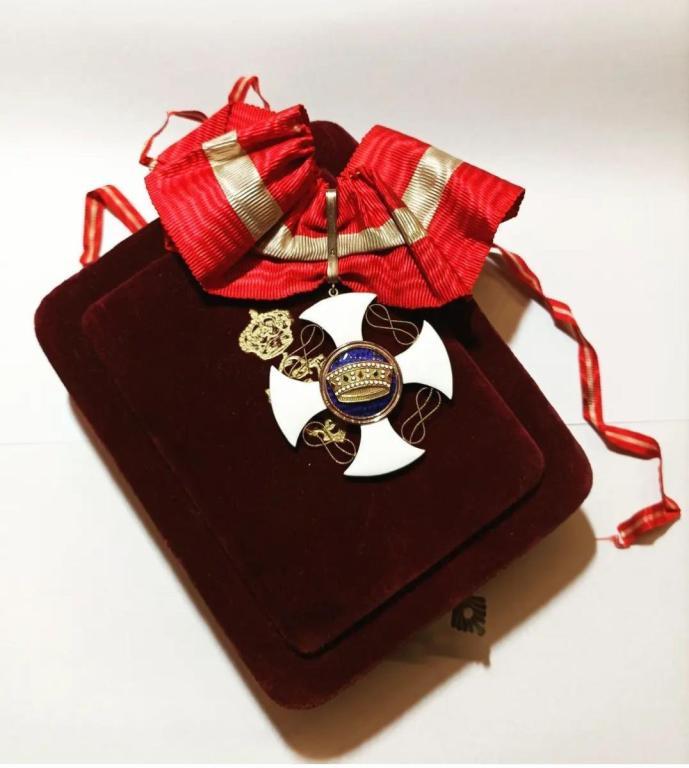
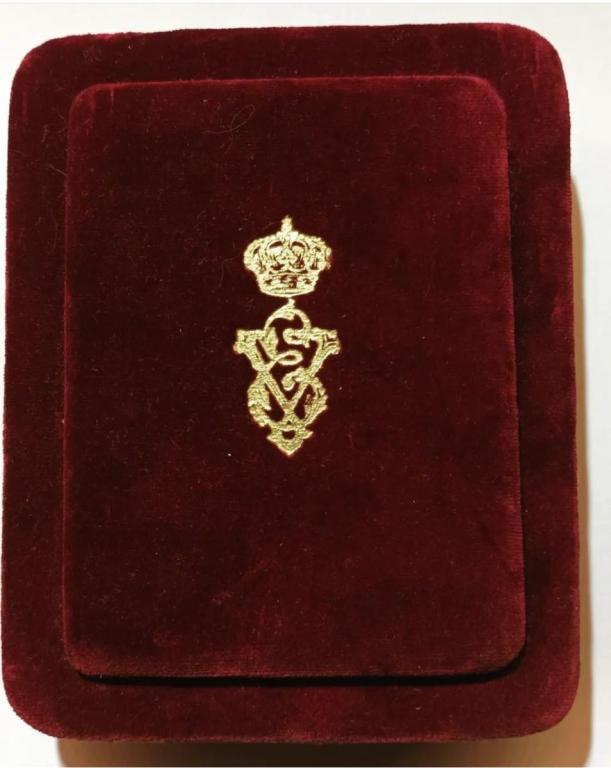
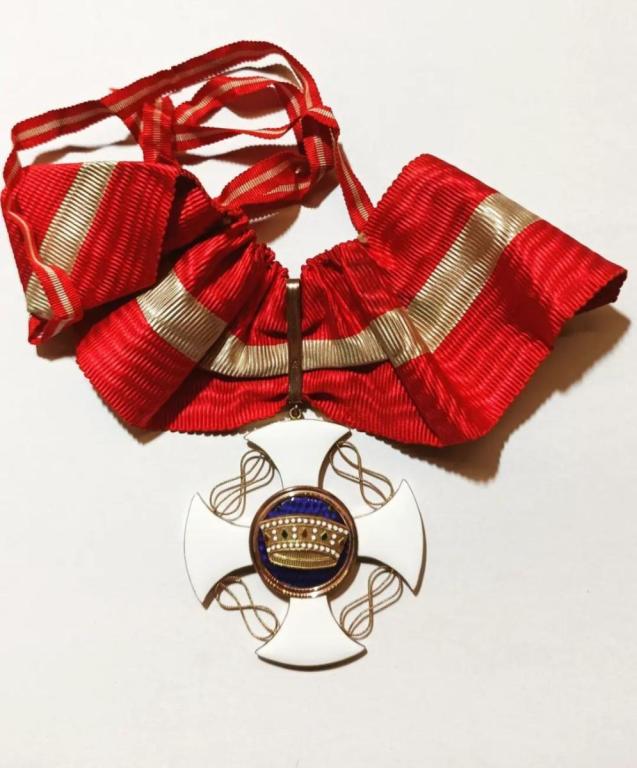
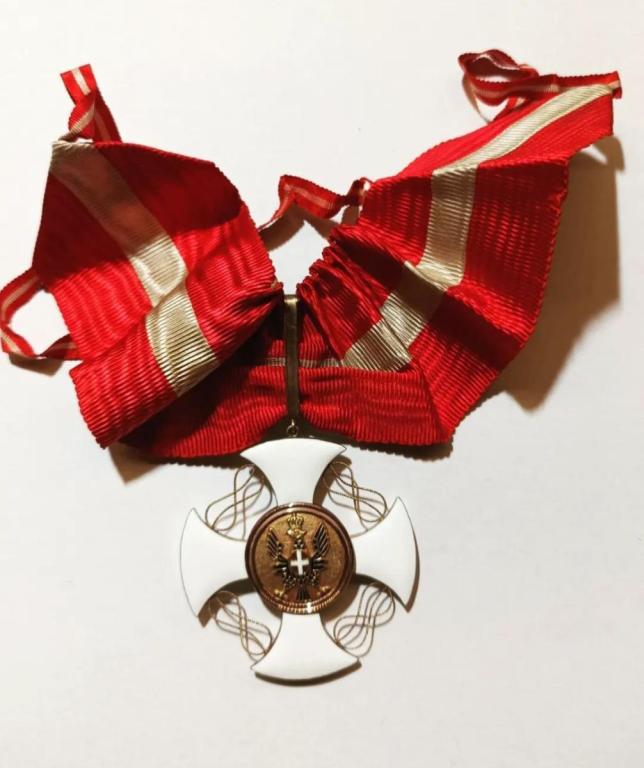
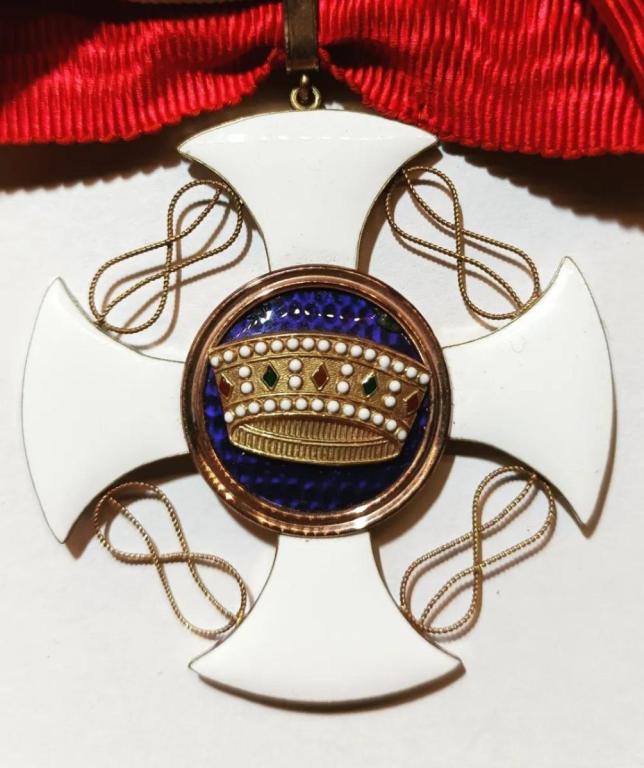
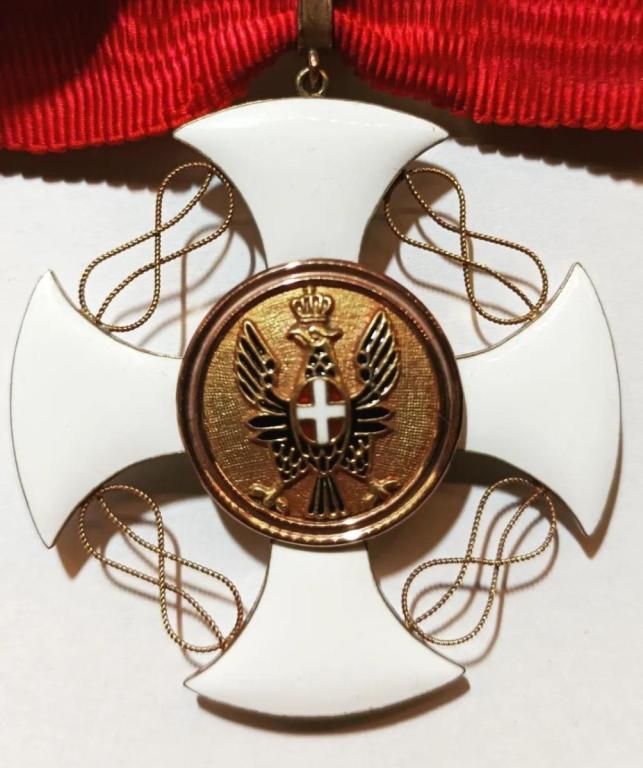
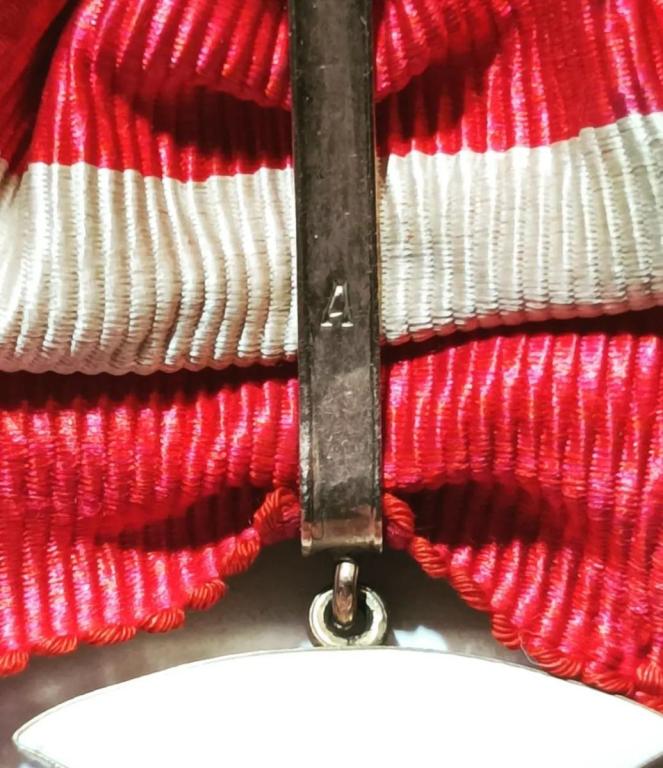
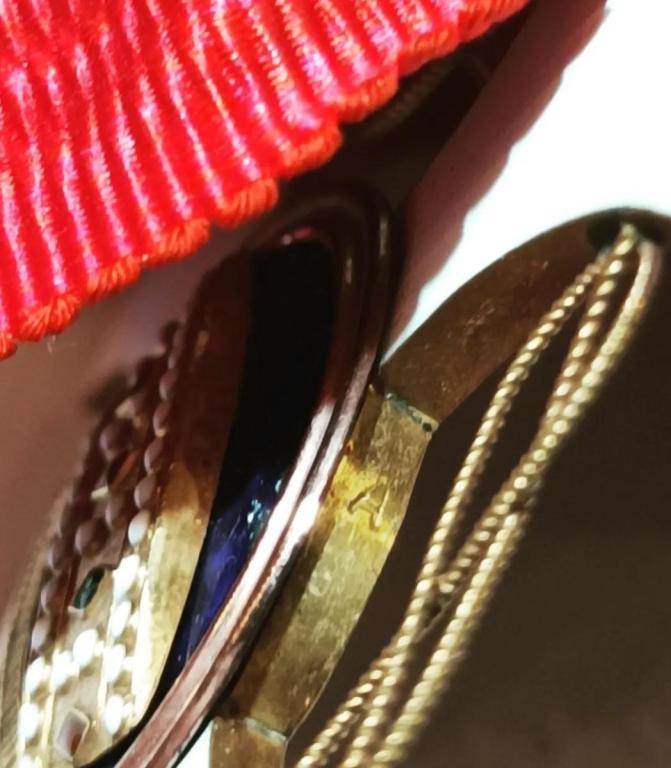
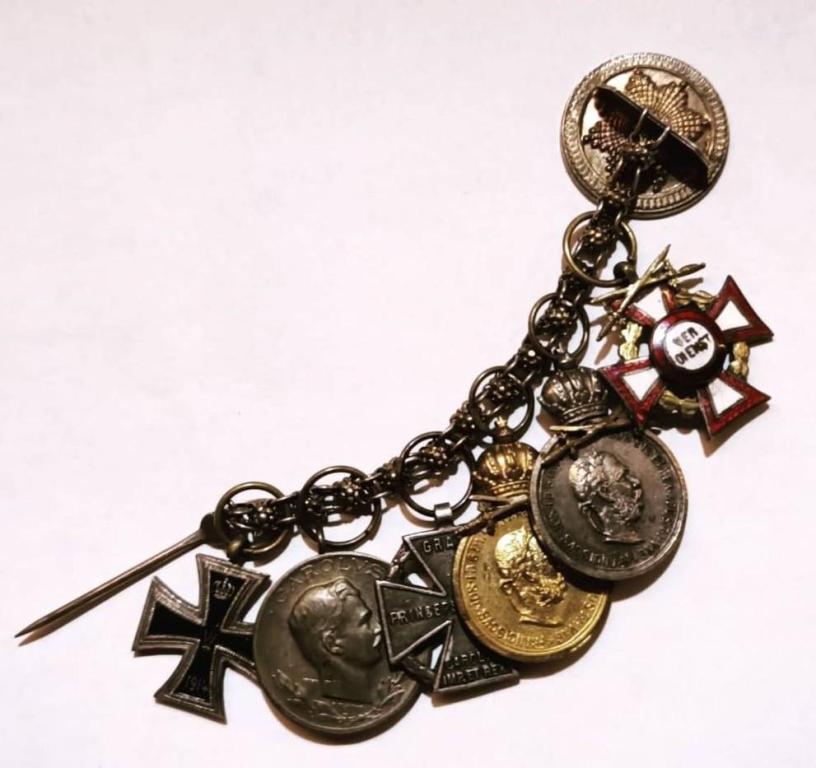
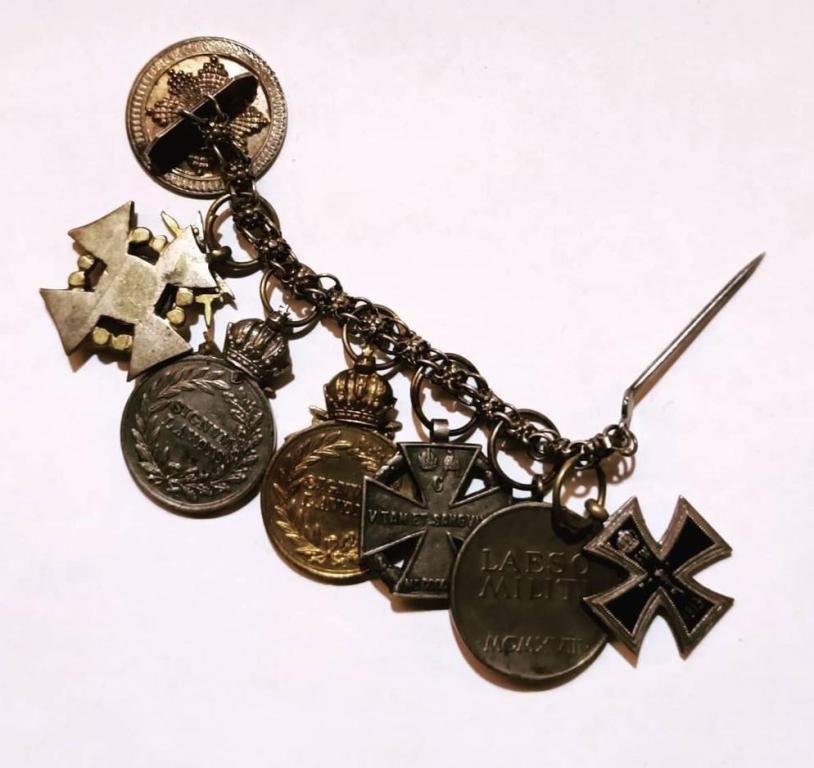
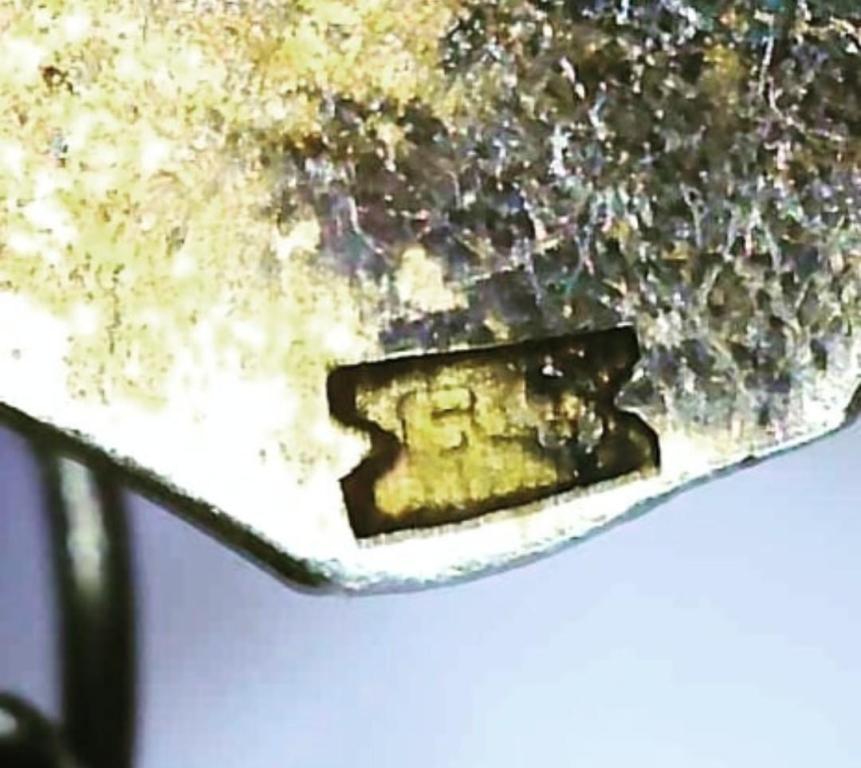


.thumb.jpg.b9e37f148979560572b78244fd6f56db.jpg)
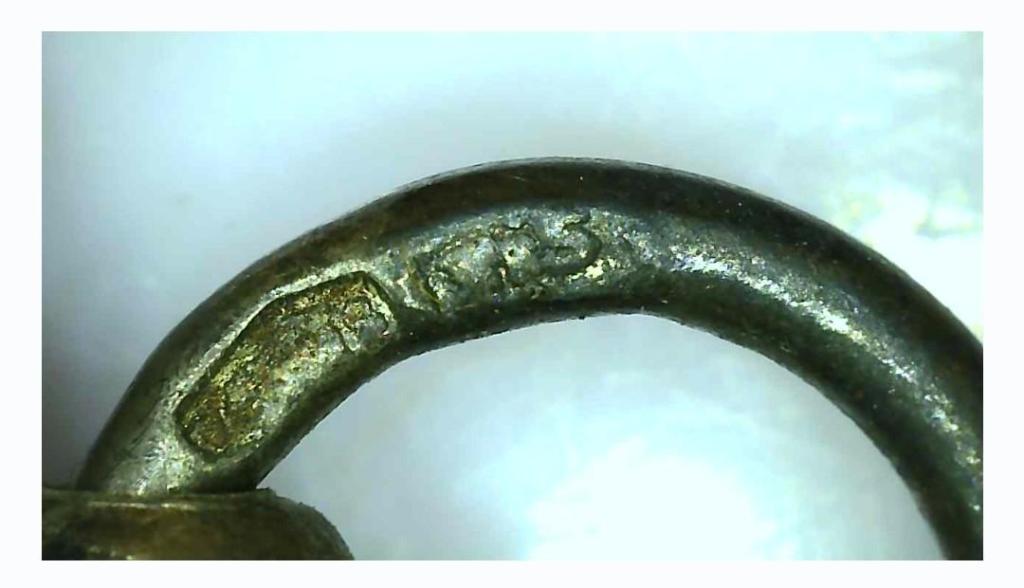
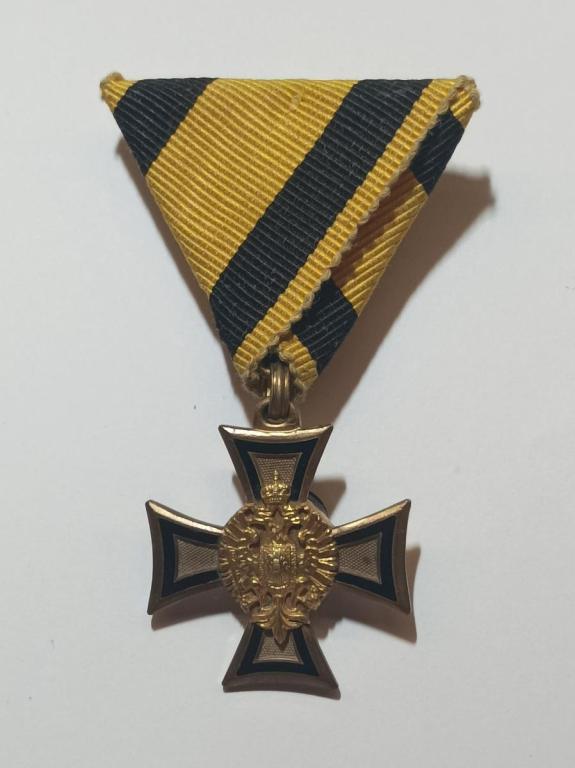
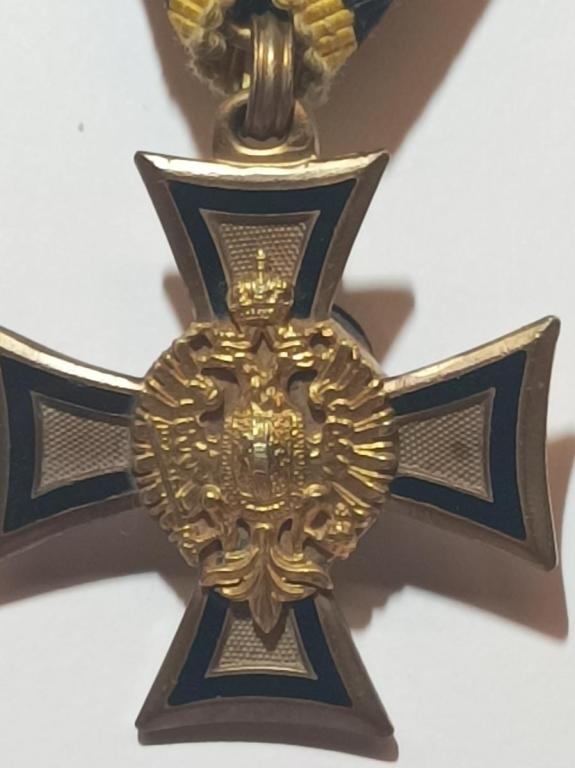
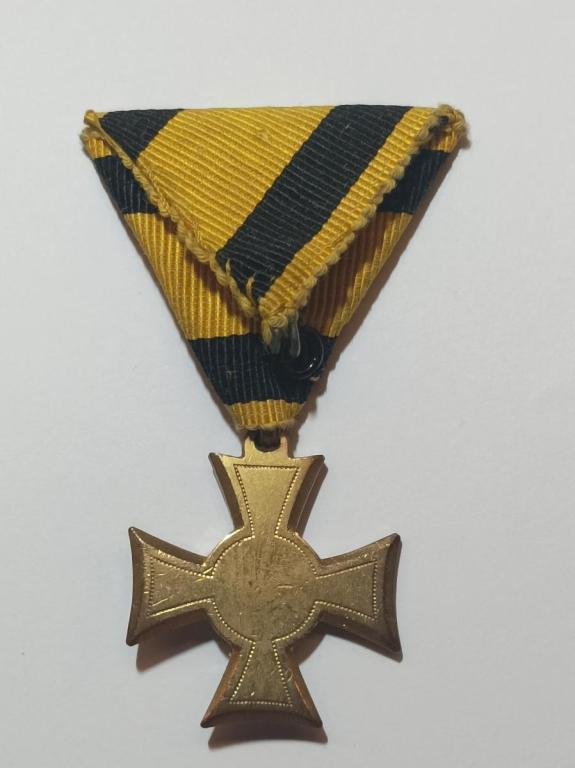
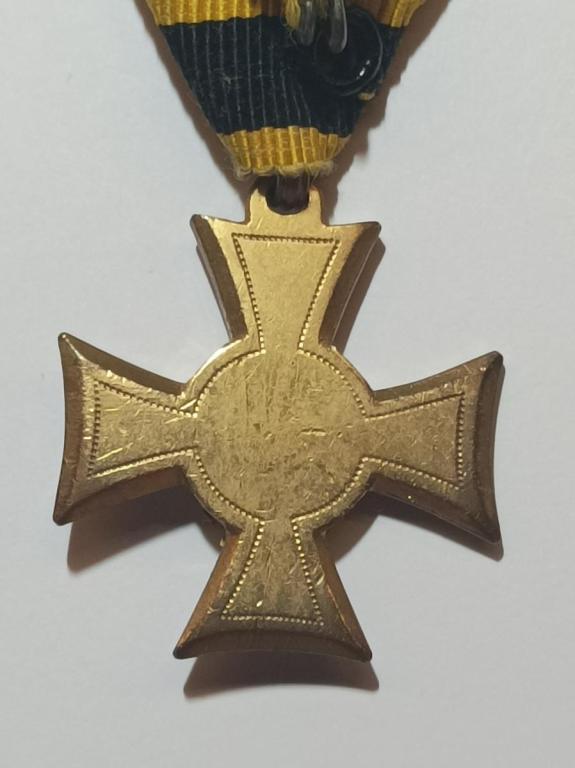
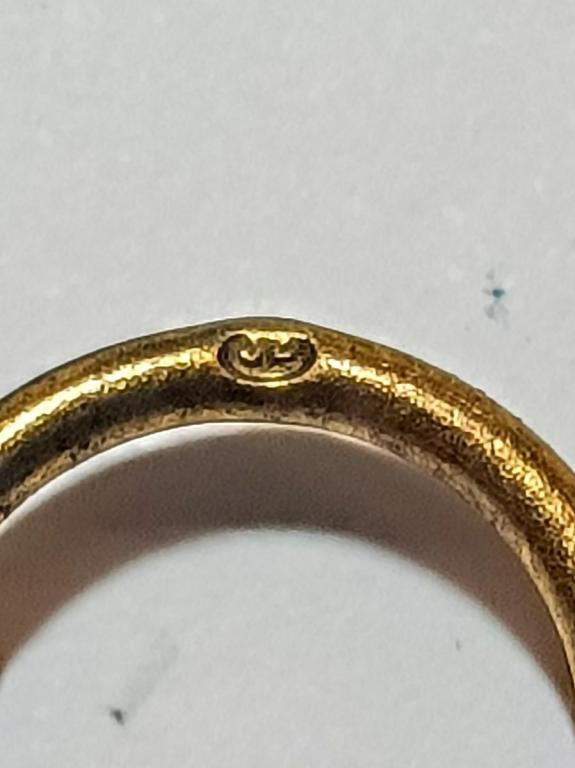
.thumb.jpg.f9d41027cd784d062e5003fcb4f7a5ec.jpg)
.thumb.jpg.d3c1779173b03ecf678dadf1a636bdc9.jpg)
.thumb.jpg.b7871b285e77ad72a7518475af1643c4.jpg)
.thumb.jpg.abef1e9314bd668840b97bb89aee1af1.jpg)
.thumb.jpg.e6f33bb55585d25689cdd133a24bce05.jpg)
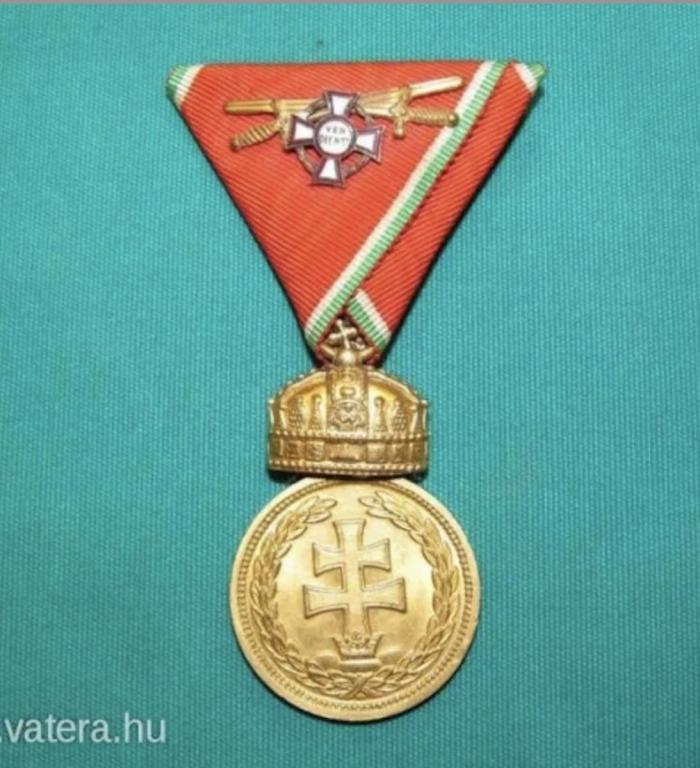
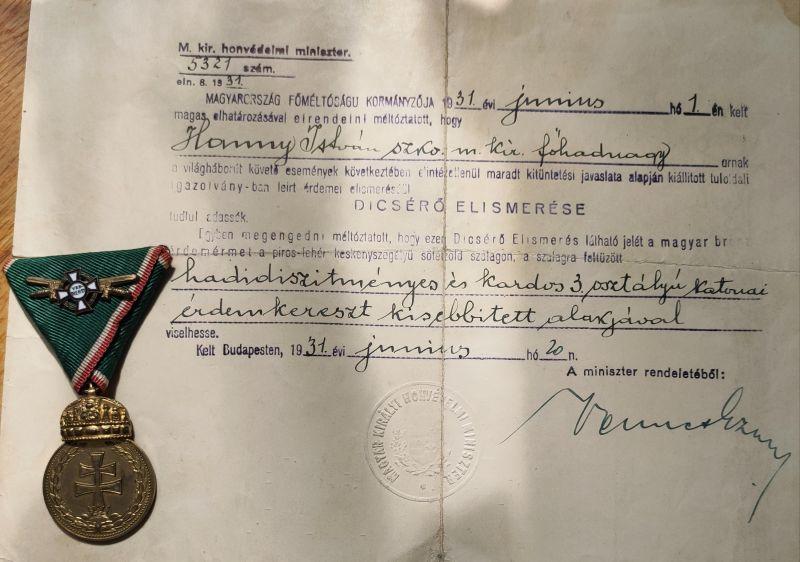
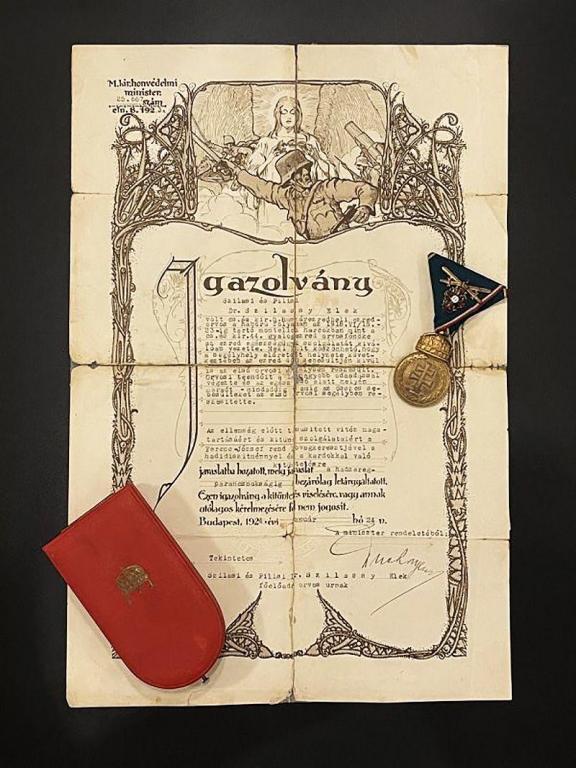
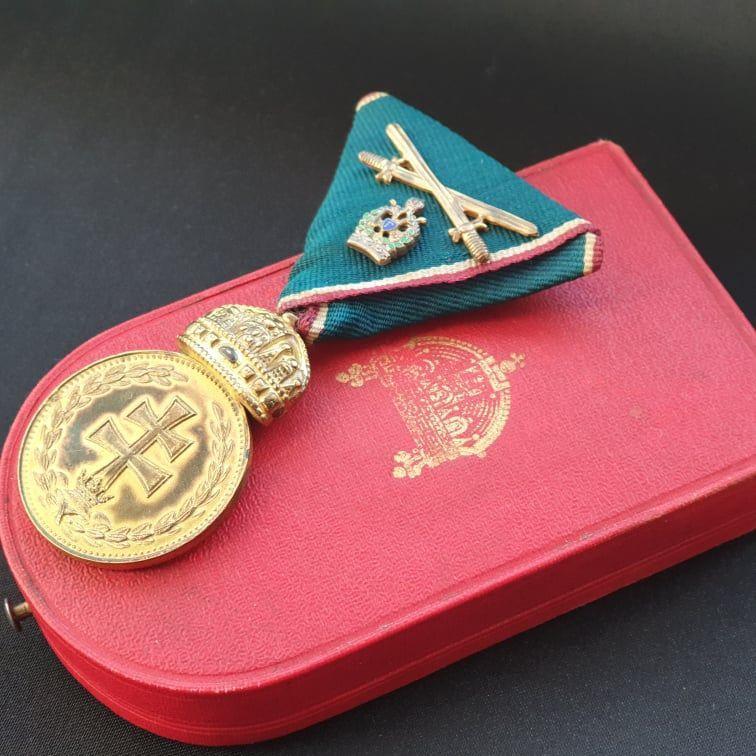
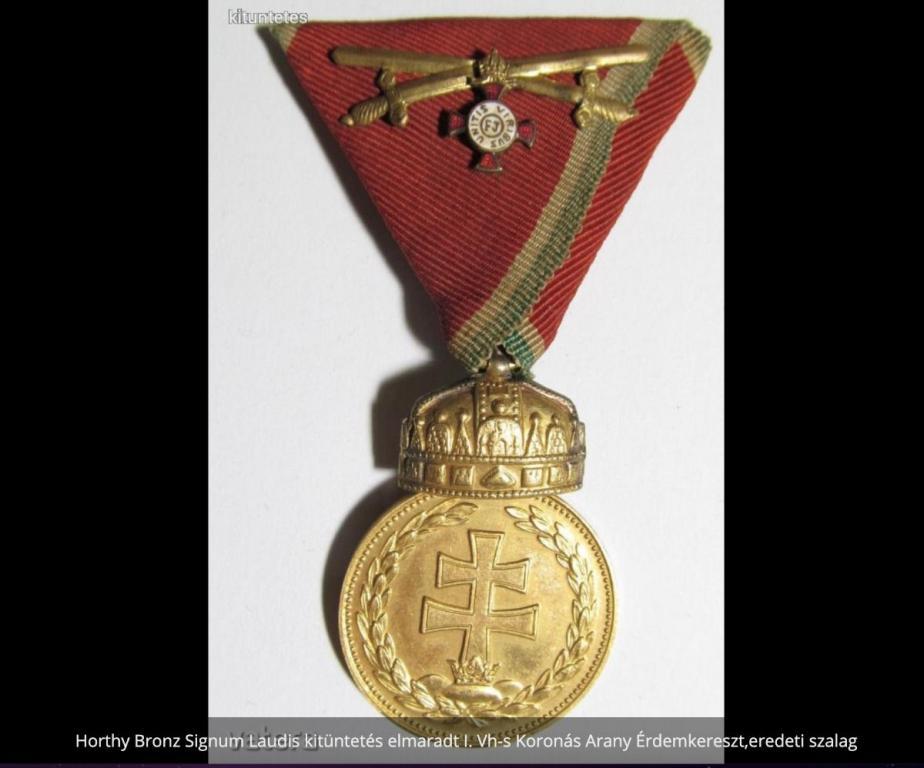
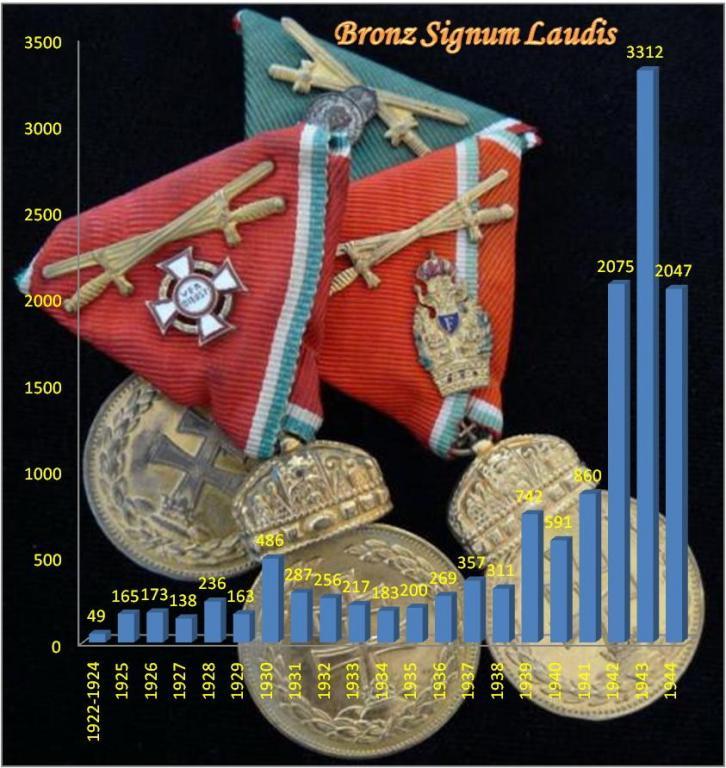
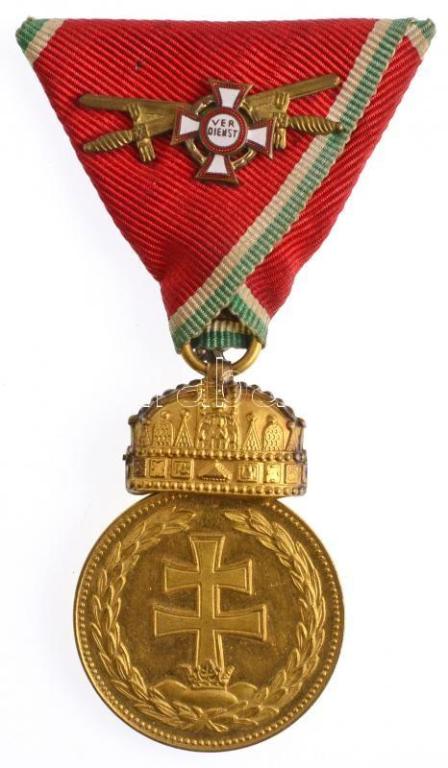
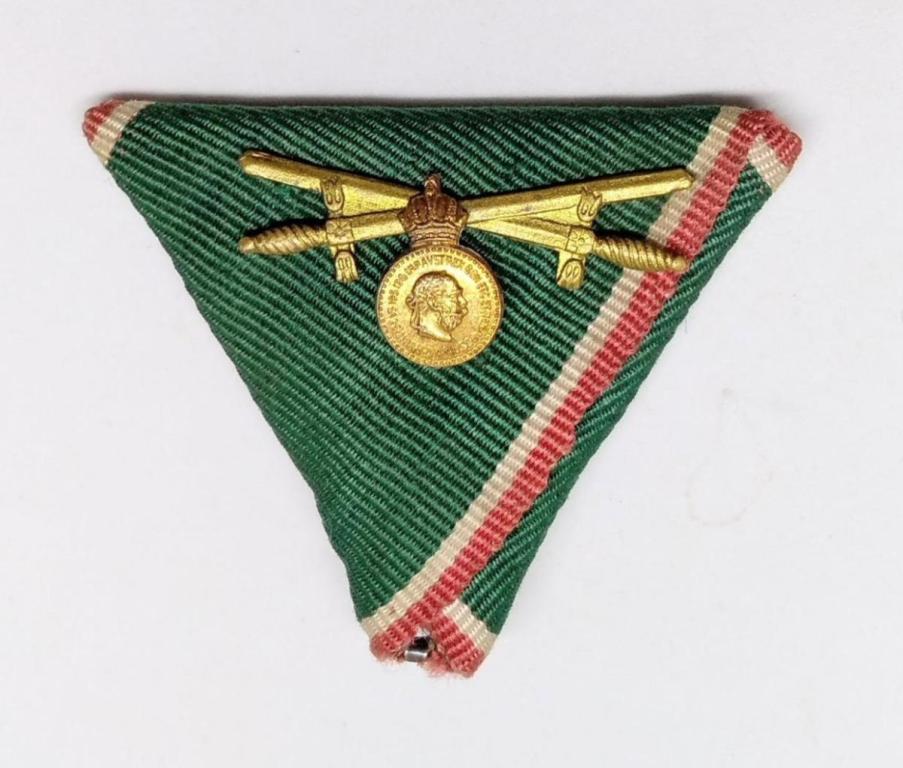

.png.235f59fd01e676364d55048568b83de7.png)
.png.f9171151a51c7a2c4717d7a5f8c4c174.png)
.png.15cd34f59a1af7d2009c60da48787751.png)
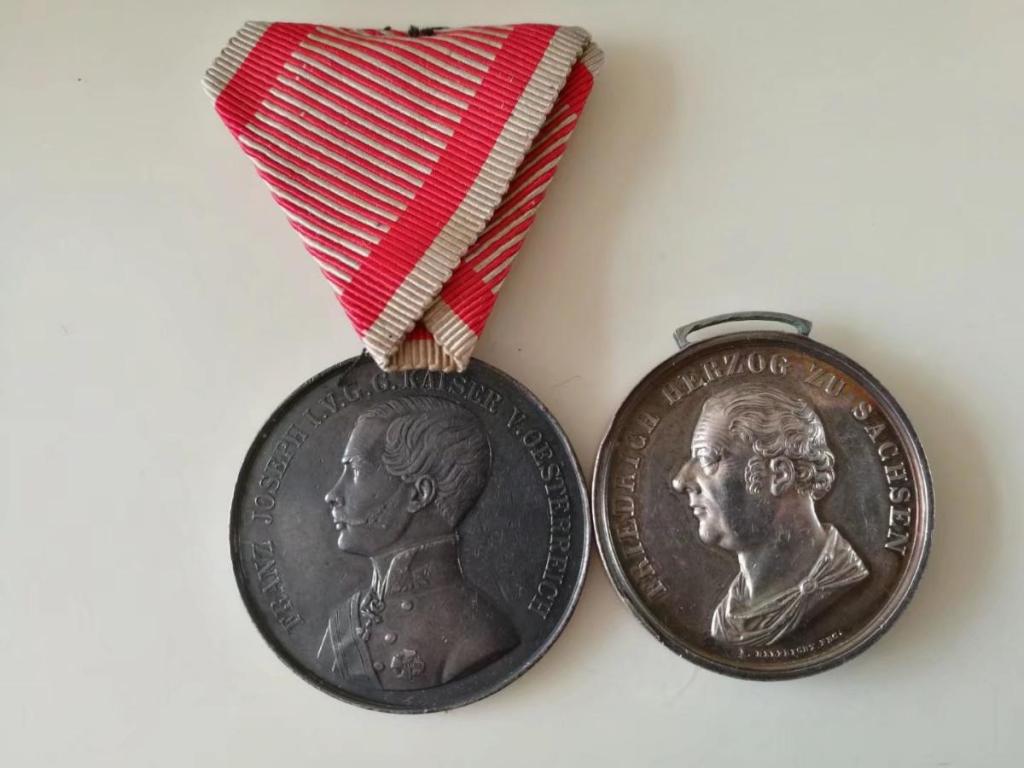
.thumb.jpg.8f39db678abc303548802f94fc66f9c3.jpg)

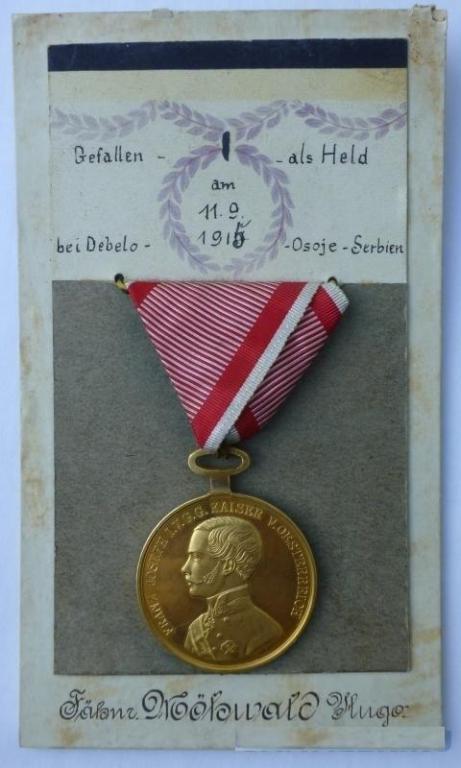
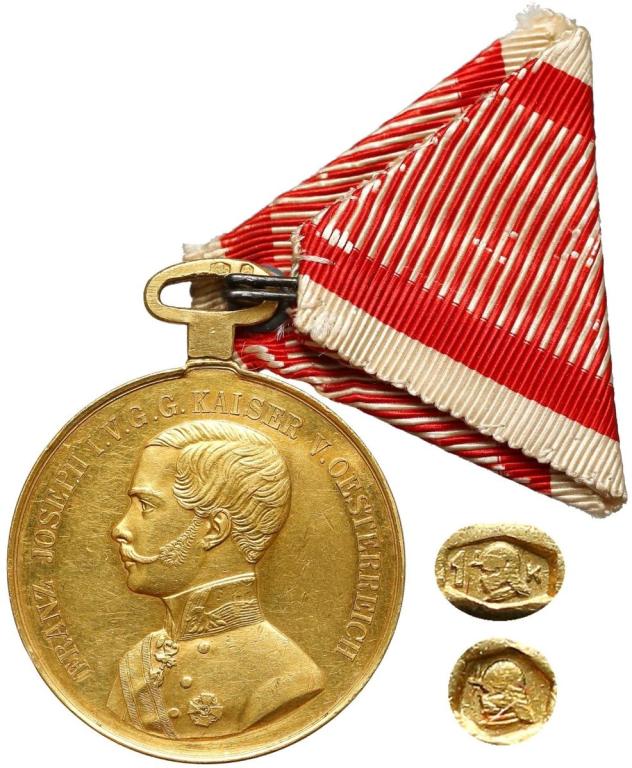

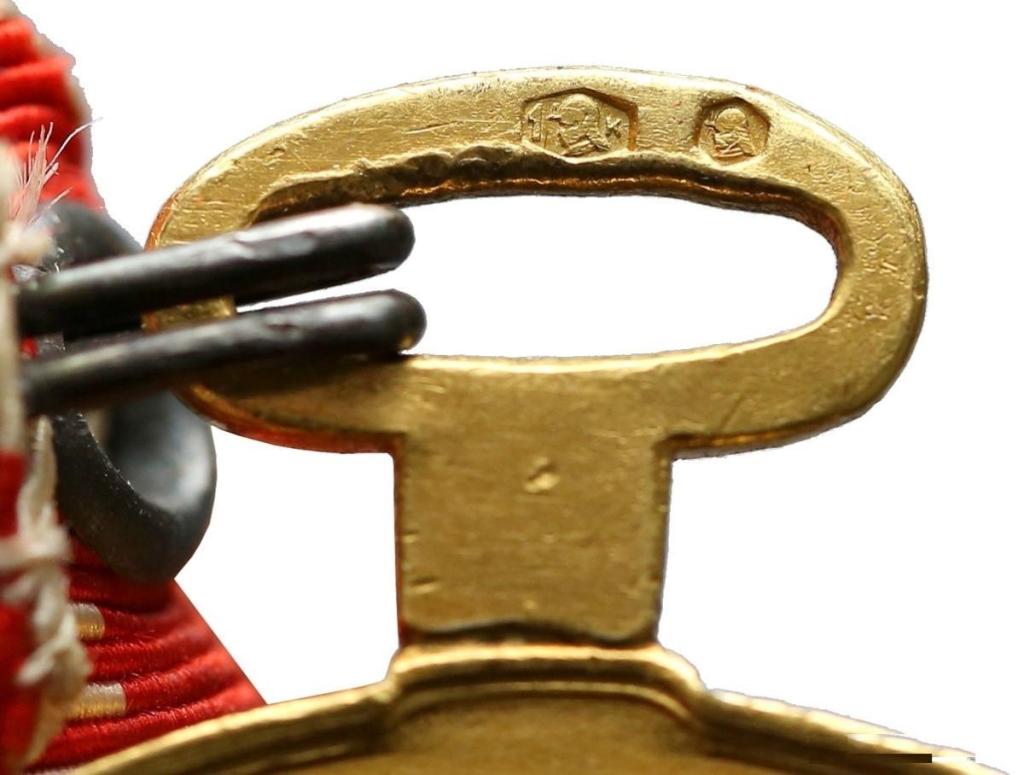
Signum laudis with a small box
in Austro-Hungarian Empire
Posted
After some research I found an excerpt from the catalog of Johann Menner from 1903 where this medal cost from 5 to 7 crowns.
While in the 1910 Heinrich Ulbricht's Widow catalog the same medal costs 3 crowns, the same price as in the Schneider Brothers catalog of the same year. Instead in the catalog of H.Schall & Son of 1908 it is 3.70 crowns.
Based on these prices (all referring to medals without ribbon) I believe that this box can be dated to around the early 1900s. What do you think?? Could be??